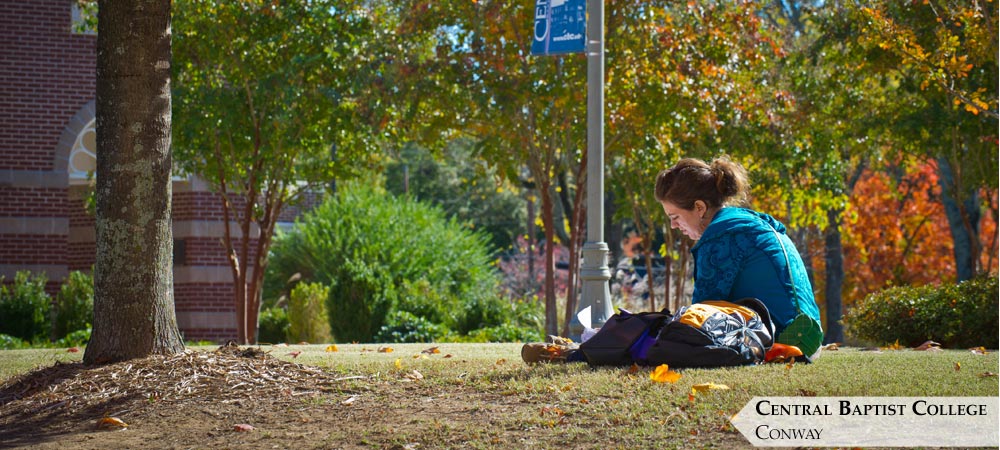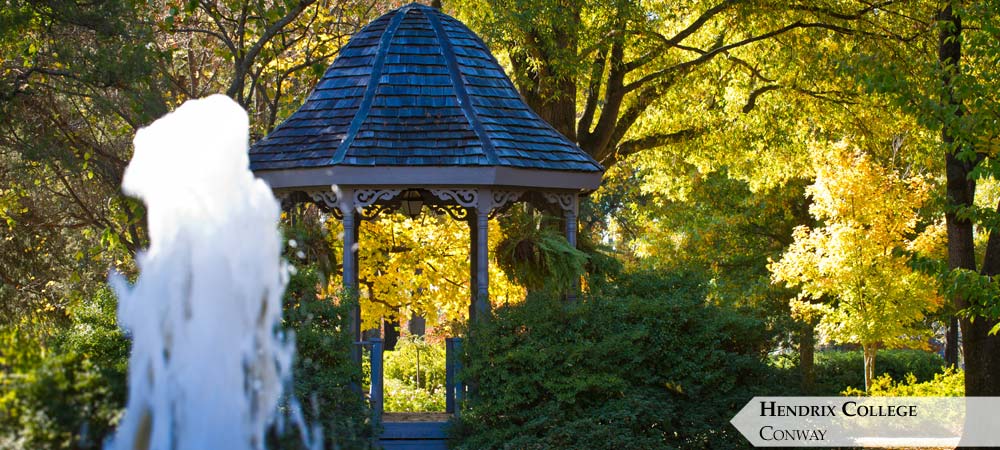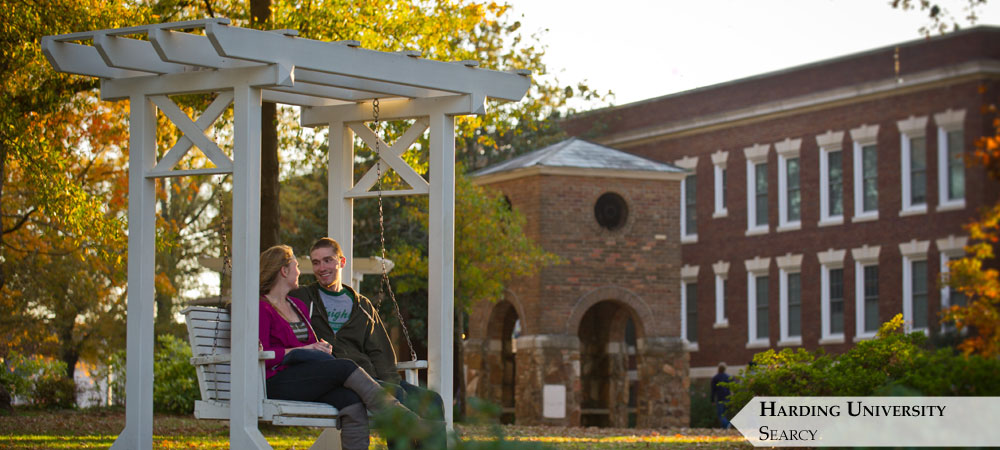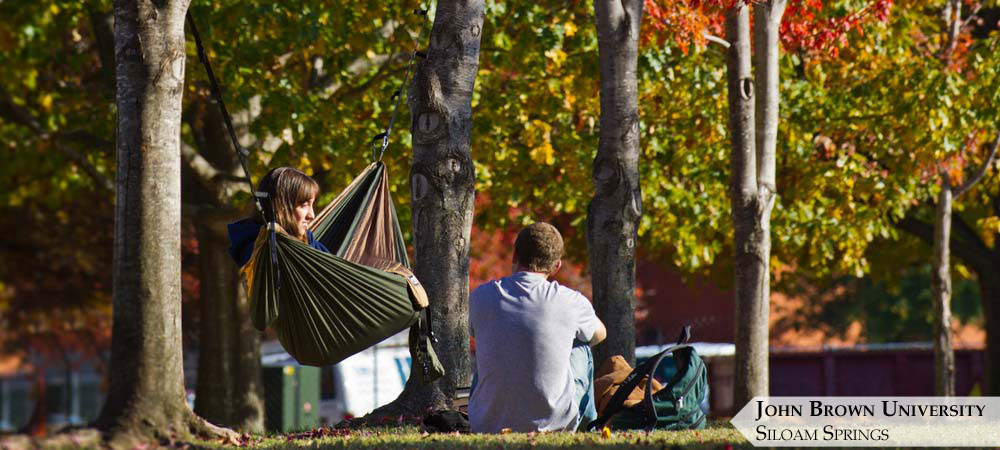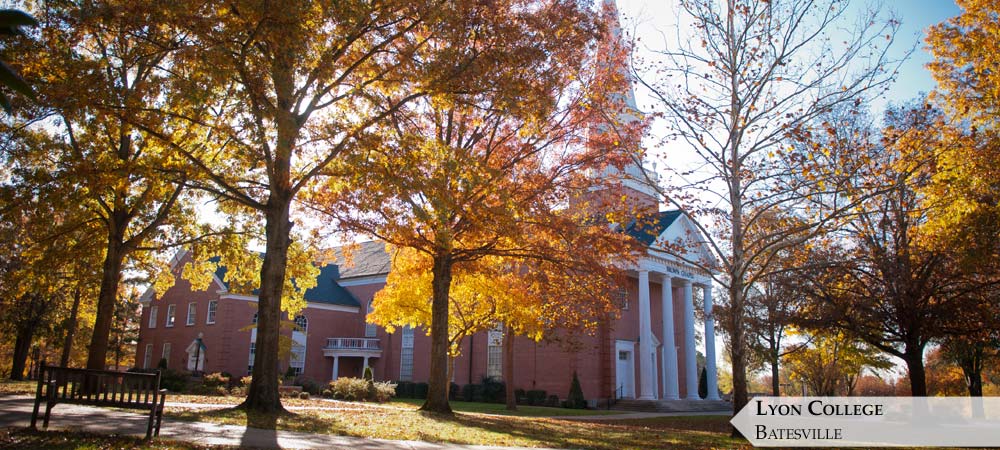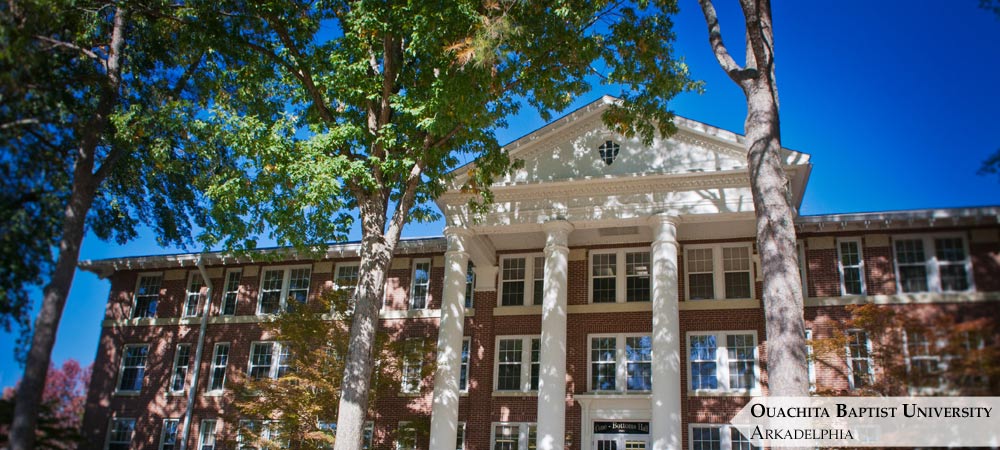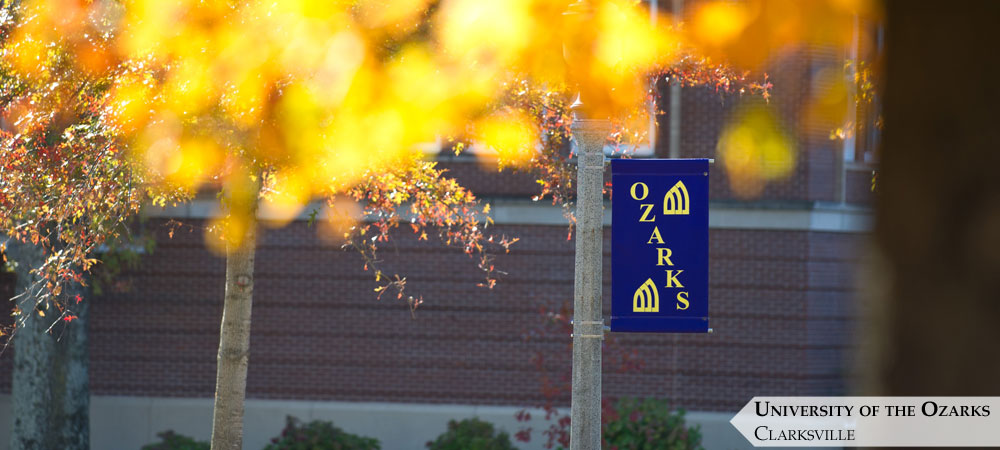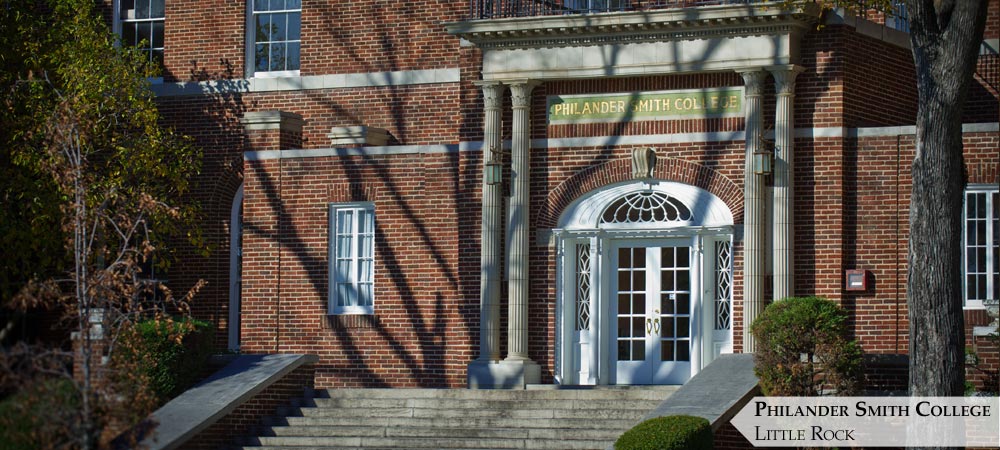
A group of Lyon College students presented their research to state legislators and the public at the Arkansas Capitol.
The 2020 Posters at the Capitol event featured over 140 undergraduate students from 17 Arkansas colleges presenting their original work in Science, Technology, Engineering, and Mathematics (STEM) research on Feb. 19.
“It is a wonderful way to disseminate STEM research to the general public and legislators,” said Associate Professor of Chemistry Dr. Irosha Nawarathne.
Senior Daniel Armstrong, of Cabot, and junior Téa Mason, of Batesville, presented “C-8 Modifications of Rifamycin Core Leading to Potential Antibiotic Agents.” Mason said they worked with Nawarathne on deriving and purifying Rifamycin derivatives to target drug-resistant Mycobacterium Tuberculosis (MTB).
“It was a great learning experience,” said Mason. “I was nervous before presenting, but once we started I actually really enjoyed discussing our research and accomplishments with others.”
Junior Allison Mundy, of Bryant, and senior Victoria Prater-Rochier, of Lowell, presented “Assessing Water Quality and Macroinvertebrate Communities along a Gradient of Poultry Agriculture in Northeast Arkansas.”
“I enjoyed getting to tell politicians the effects of poultry houses on local waterways,” said Mundy.
“Apparently this exact issue is being addressed this legislative session, and we got requests to share our data with them.”
Junior Jordan Webb, of Mount Pleasant, presented “Impact of Nonpoint Source Pollution on Crustacean Physiology in Northeast Arkansas” with Assistant Professor of Biology Dr. Maryline Jones. They researched the water quality in the Eleven Point and Black River watersheds. Poultry houses cause phosphorus and nitrogen runoffs, which can create harmful algae blooms in the water.
“These blooms can deplete the water of oxygen,” said Webb. “We’re studying how this pollution is affecting the crayfish species that live in these watersheds.”
Sophomore Ethan Turner, of Searcy, presented “Refining Slater’s Rules of Electron Shielding and Effective Nuclear Charge,” using the research he and Visiting Assistant Professor of Chemistry Dr. Burt Hollandsworth have been conducting.
“Getting to share so much active research in a real, open forum full of other students doing just the same was a unique experience that I’d love to have again and again,” said Turner.
Junior Michael Humphrey, of Cave City, presented “Modified Michael Addition Leads to Biologically Significant Naphthoquinones.”
Junior Hannah Zang, of McKinney, Texas, presented “The Evolution of Novel Neuropeptides in Cnidaria: Investigating the Function of a Lineage-Specific Neuropeptide RPamide during N. Vectensis Development,” using research she worked on with Dr. Nagayasu Nakanishi at the University of Arkansas last summer.
“It was a lot different than research conferences I attended in the past because the audience was widely variable,” said Zang. “A lot of high school students came by to ask questions, and it was almost a way for me to reflect on where I was five years ago.”
“I realized how far I’ve come and how important my mentors at Lyon have been for me to get where I am.”
Students had the chance to work on career skills like public speaking.
“You had to be able to communicate complex topics effectively, regardless of who exactly you were talking to,” Turner said.
The event was also a good opportunity to network.
“I got the chance to speak with a water quality specialist,” Webb said. “She informed me of several graduate programs available to continue my research on water quality and about organizations working on water quality that are looking to hire new scientists.”
“We had so much interest in participating that we ran out of available slots,” Nawarathne said.
“Our students did a wonderful job presenting their research to peers and state officials,” Jones said. “They have bright futures ahead of them.”

